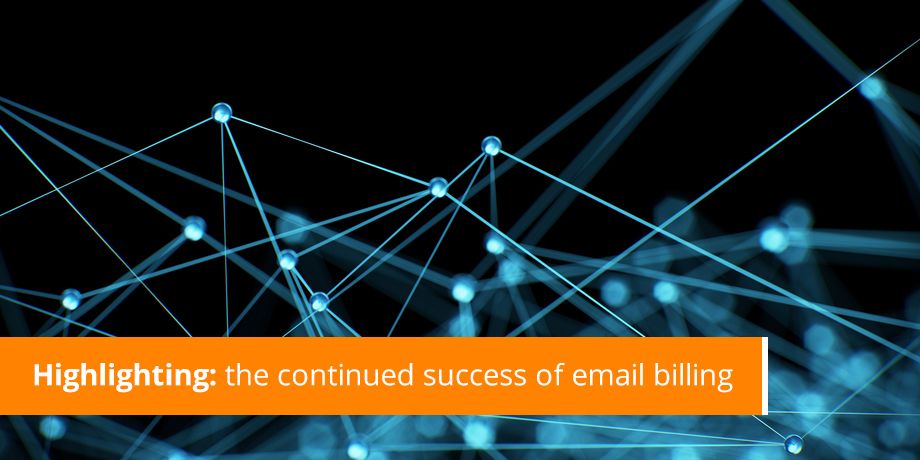
Striata, a global leader in paperless communication is an annual sponsor of the Billentis report on eInvoicing & eBilling. Michael Wright, Striata, CEO has put together an executive summary of the report, with a focus on implications for B2C eBilling.
Wright says, “Once again Bruno Koch has released a tome of information in the latest Billentis report. Much of the report is dedicated to eInvoicing (read the difference here – eBilling vs eInvoicing – Billions vs Billions), however the continued success of email billing is also highlighted.”
Wright discusses the salient points
Globally consumer electronic billing/invoicing adoption is around 5%. There is still a language usage variance across the globe, but eBilling is increasingly used for B2C and eInvoicing for automated end to end processes for B2B.Countries leading the way
- Europe leads the way in the eInvoicing market, while the US leads in the eBilling space.
- Looking at individual countries; Brazil, Chile and Mexico lead the eInvoicing adoption race – by dent of government requirements for electronic invoices to assist in revenue collection.
- Within Europe, Denmark is streets ahead due to legislation stating that Danish businesses may only send electronic invoices to the public sector. Paper is not accepted.
eInvoicing drives significant savings
- There are still billions of Euros to be saved through eInvoicing and eBilling, but the expected growth rate is only 20% for B2C and 30% for B2B. This means that end user adoption is still the major issue facing the industry.
- A city such as London or New York could save €200 million per year through migrating to paperless invoicing and billing. A fully automated eInvoicing solution can save €6.40 per invoice. Most of the saving is in the remittance and cash management processes.
- A second case study showed €10.90 savings through automation of data entry, validation and matching.
- Dynamic discounting and “Pay Early” options can be automated to drive cash management targets.
- For outbound invoicing, the paper and postage is not the biggest expense – it is the time per invoice per employee. Here the costs are estimated to be €2 – €2.50 per invoice.
- For inbound invoice’s the employee costs are even greater at €5 – €15 per invoice.
Banks vs Non-Bank service providers
The growth in non-bank service providers is outstripping banks in all regions outside of Nordic countries. Non-banking providers are more flexible, nimble and meet their customer’s requirements of social network integration and cloud computing availability.
PDF is still the preferred format for SME
The report acknowledges that PDF is the preferred format for invoice exchange for small businesses and for up to 40% of large business volumes. Having an effective and efficient PDF delivery system is seen as a starting block for 100% paperless adoption.
Paperless adoption: PUSH still trumps PULL
B2C billers are seeing a significant increase in paperless adoption by using email push over portal pull methods. Emailed documents (predominantly PDF) now include XML layers with interactivity such as payment and dispute functionality.
As a sponsor of the 2012 Billentis eInvoicing │eBilling report, Striata offers you a complimentary copy of the report – click here and request to get your free copy.



